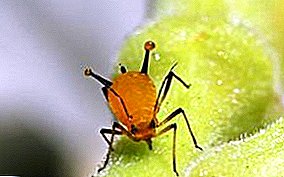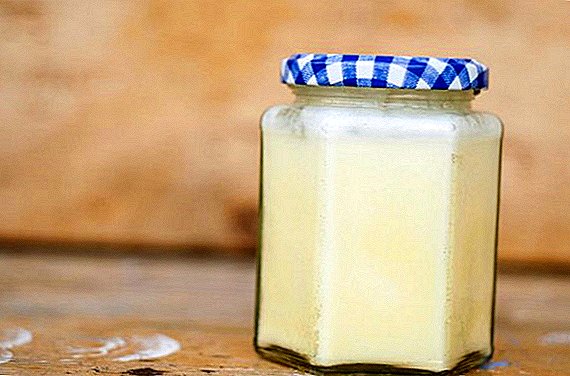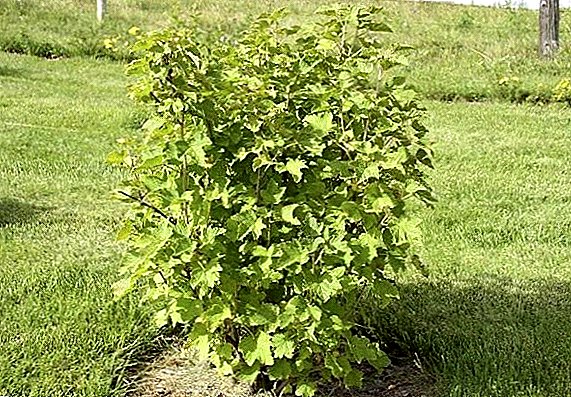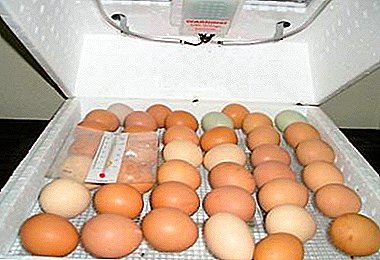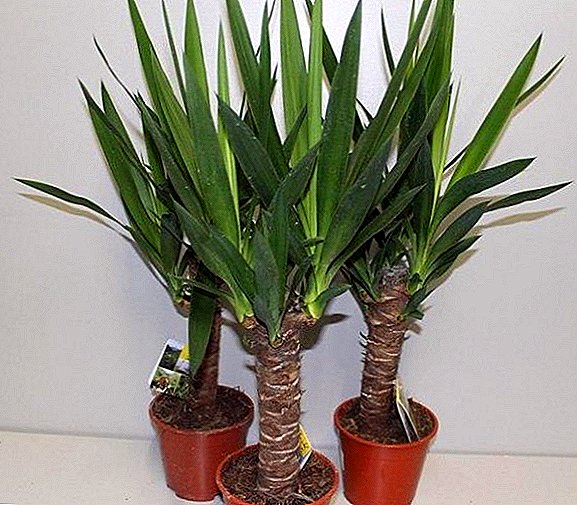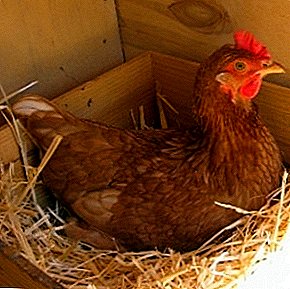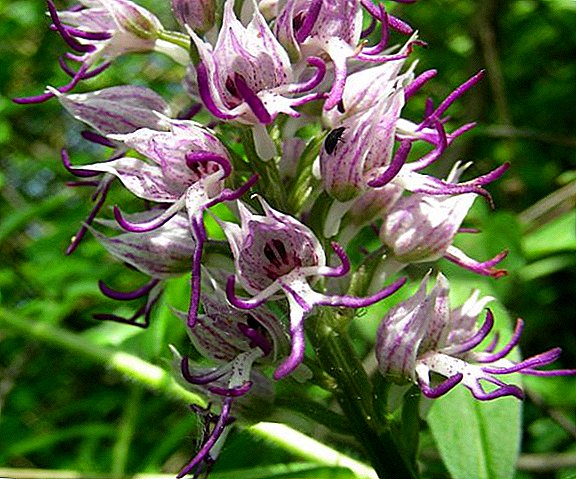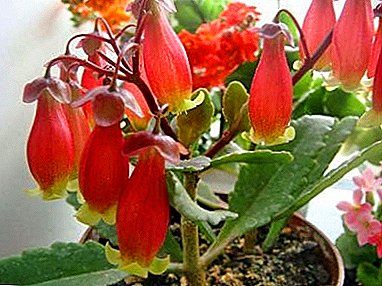
Depending on the species, Kalanchoe happens as a herbaceous perennial, and dwarf shrubs.
But in any case, all species of this plant are succulents.
Flower growers know at least two hundred varieties of Kalanchoe, and their kind belongs to the family of Crassulaceae.
The natural habitat is the tropics of Australia, America, Asia and Africa.
Leaves different species are significantly different from each other.
They are fleshy, sometimes have a peculiar pattern, edge or dissected. Attached to the trunk as with the stem, and just a sedentary way.
Inflorescences are red, white, orange, yellow, have the form of loose bunches or umbrella-shaped hands.
Almost all types of beautifully developed in terms of room content.The main rule of successful cultivation - carefully follow all recommendations for care.
Description of the species
Kalanchoe manginii is an evergreen decorative flowering shrub plant belonging to the succulents.
 Belongs to the family of bollards. The natural area of distribution - Africa. It has thin, descending stems reaching a length of 30-35 cm.
Belongs to the family of bollards. The natural area of distribution - Africa. It has thin, descending stems reaching a length of 30-35 cm.
The leaves are located opposite, have an oval shape, fleshy, sometimes slightly wavy, juicy dark green color.
Kalanchoe Mangina blooms at the end of spring, the inflorescences are similar to loose clusters, in which there are 10-15 flowers each. The flower is bell-shaped, drooping, red-orange in color and medium in size.
At the same time on the plant can be several flower clusters. Brood buds are laid inside the inflorescences.
A photo
Kalanchoe Mangina photos:




Care
In winter room temperature From Kalanchoe should be at around 10-12C. In the warm season, the plant is absolutely undemanding to the surrounding temperature conditions.
It is necessary to water rarely, but it is very abundant.
Water should be soft, clean and warm. Moisture the soil as it dries its upper layer. If the earth lump dries completely, the plant will throw off all the leaves. Can be watered through the pan.
For disembarkation Kalanchoe Mangina is best to use compost humus soil mixed with sand. In the pot must be a layer of drainage.
You can purchase a special, ready-made earth mixture for succulents.
Kalanchoe quite light loving. But in the summer it should be shaded from direct sunlight. Otherwise, the leaves may turn red and fall off completely.
The optimal length of daylight for this plant can be considered 12 hours. It is advisable that from the end of spring to the beginning of autumn the pot should be on the window from the west or east side.
In winter, the Kalanchoe is rearranged to the south window. With a short light bottom, the plant must be artificially highlighted.
Does not need spraying, except in very hot and dry weather. Since the leaves are fleshy, the moisture from them evaporates weakly and the plant is self-sufficient even in heat.
Kalanchoe Mangina need fertilize only in summer, and during the formation of buds. Take the same fertilizers that are meant for cacti.
In the summer they use mineral-based fertilizer and make it once a week. Organic fertilizers need to be applied once every two weeks.
Before the plant reaches the age of three, it is transplanted every year into a pot with a large diameter. Thereafter transplanted only as needed.
 Young and well-established plants need to pinch the tip, this contributes to a more abundant bloom. In order for it to last a long time - it is necessary to control the duration of the light day in spring and summer, it must be at least 11-13 hours.
Young and well-established plants need to pinch the tip, this contributes to a more abundant bloom. In order for it to last a long time - it is necessary to control the duration of the light day in spring and summer, it must be at least 11-13 hours.
Flower stalks are often cut and put in vases. After flowering, the stems of peduncles are removed, they can be used for rooting. The rest period lasts from mid-autumn to early spring.
Diseases and pests
On the surface of the substrate and the leaves sometimes appear mold foci. They occur if the Kalanchoe is watered abundantly at too low a temperature.
In addition, the flower is susceptible to powdery mildew, which will manifest itself with abundant watering and excessive heat. When exposed and drawn out of the stems, they speak of a lack of lighting, this is a natural process and does not require treatment.
Depending on the type of infection, the fungicides Ridomil Gold, Mancozeb, Evparen, Tiuram, Vitavax and Benomil are used for treatment.
Succulents they can be attacked by cactus rootworms, nematodes, bristleworms, cactus shields, flat red mites.
Therefore, each new plant must be in quarantine for at least two weeks.
 The following insecticides are suitable for pest control: "Antio", "Aktelik", "BI-58", "Keltan", "Neoron".
The following insecticides are suitable for pest control: "Antio", "Aktelik", "BI-58", "Keltan", "Neoron".
In addition to external attractiveness, Kalanchoe is also famous for its medicinal properties.
Therefore, to grow at home this plant is not only aesthetically pleasing, but also very useful.
But even such a grateful and undemanding flower needs proper care, so it is important to comply with all the above standards.



